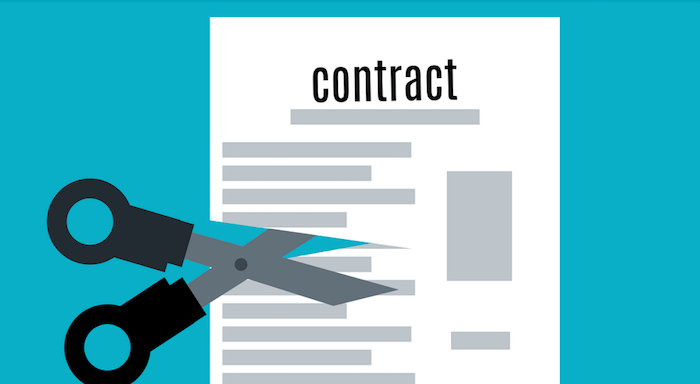If you enjoyed our last installment of the best GEICO commercials you should enjoy these gems just as much, if not more!
Single vs Split Limit Liability Auto Insurance
Most personal auto insurance carriers provide split limit liability policies, but there are options in the market to purchase single limit liability coverage. If you haven’t heard of these terms before, here is what they are and how each coverage type works.
Split Limit Coverage
Split limit coverage is most commonly used. It refers to how the insurance carrier writes and splits up the bodily injury and property damage coverage on your auto policy. Your declaration page (the page that lists the coverage that you have on your policy) indicates the specific per person maximum and per accident maximum amount of bodily injury coverage, and the specific per accident maximum of property damage coverage. If we use numbers for example, this is what you may see on your declaration page: Bodily Injury Liability $50,000/$100,000 and Property Damage Liability $100,000.
The way that the limits are split dictates how the funds are distributed to pay for a person’s injury and property damage if you are responsible for causing an accident. Think of it as separate pots of money for different aspects of a liability claim.
In the case that you are responsible for causing injury to two different drivers and two different vehicles, the most that your auto policy would pay for each person’s injuries is $50,000 per person for a total of $100,000 per accident, based on the previous example. The most that this same policy would pay for damage to the two vehicles combined is $100,000.
If one of the drivers has a passenger in the car who is also injured, your insurance company has to split up your bodily injury limits between three different people, not to exceed more than $50,000 for any one person and not to exceed your bodily injury policy limit of $100,000 for all combined bodily injury claims.
What if you are responsible for injuries to only one person and that person’s claim has a value of $75,000? Even though the maximum bodily injury coverage on your policy is $100,000 per accident, the most that your insurance carrier would pay is $50,000, based on the above split limit auto policy. As a result, you may be personally responsible for contributing $25,000 out of your own pocket to that individual’s claim.
Single Limit Coverage
You can think of single limit coverage as one pot of money that pays for both injuries and property damage. While your insurance company can only pay up to your policy limit maximum for all submitted claims, there are no other contractual specifications that dictate a maximum per person injury or property damage payout.
If we utilize our previous example as a single limit coverage, your auto policy would carry a limit of $200,000 to pay for both bodily injury and property damage coverage. If you cause a total of $50,000 in property damage to the two vehicles, $70,000 in injuries for one driver, and $60,000 in injuries for the second driver, you would have sufficient amount of coverage to pay for all of these expenses.
Under the split limit coverage, your insurance company would only pay $50,000 for injuries for each person, leaving both individuals insufficiently compensated. The benefit of having a single limit liability policy is increased flexibility in how the funds are distributed (provided the claim values are all within your maximum policy limit.)
One drawback of a single limit policy is that if you are responsible for multiple injuries and property damage claims, your insurance company has to await all submitted claims before paying them, to ensure that everyone is fairly compensated.
Coverage Selection and Value
Split limit liability policies are most common because they are more cost effective than single limit policies. Despite the limitations associated with how the coverage is split, these types of policies can be purchased with high limits providing substantial amount of coverage.
We already addressed one major benefit of utilizing single limit coverage: the freedom to use the full amount of your liability coverage up to your policy limit for both injuries and property damage. The draw back to purchasing a single limit policy is a higher premium.
The stipulations of a split limit policy contribute to lower claims payouts versus the ease of accessing the full policy limits of single limit policies contribute to higher claims payouts. Single limit policies are also more common with specialty insurance carriers rather than the standard cost saving carriers.
Whether you have the option to select split limit or single limit coverage, you should always select your coverage limits based on your personal needs and financial obligations. If you do not have sufficient liability coverage to provide adequate compensation for the full value of all property damage and bodily injury liability claims following an accident, the injured party can still pursue you for out-of-pocket contribution regardless if you carry a split or single limit liability policy.



